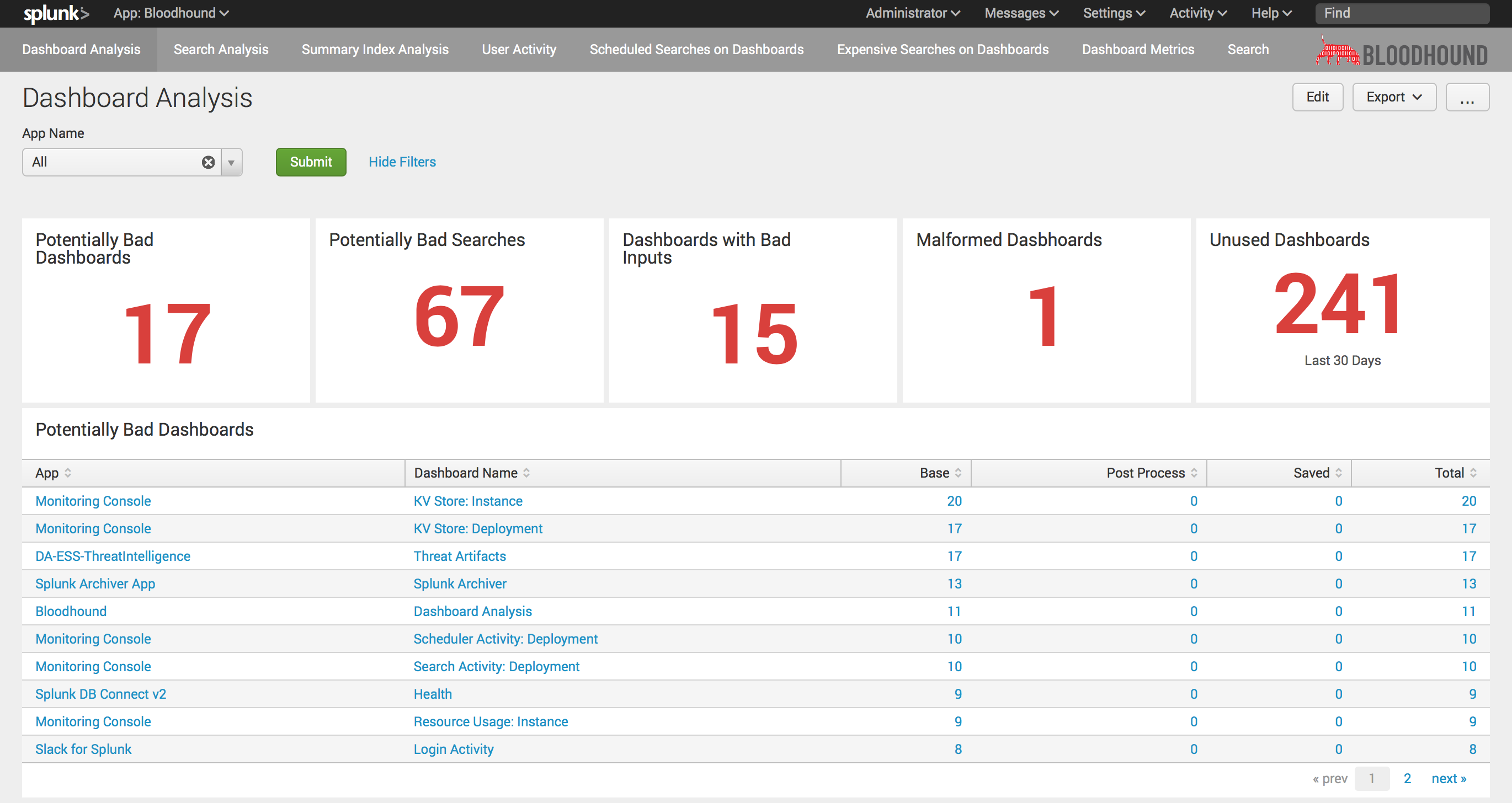
We use our cloud providers for all kinds of applications, and there are hardly any problem statements that we cannot solve on the cloud. We have moved from the traditional system of in-house servers to virtual infrastructure in our cloud platforms. This article discusses X AWS monitoring tools that you can integrate with your AWS account.Ĭloud computing has taken over the IT world by storm. Monitoring is a critical part of any application. You can view EDUCBA’s recommended articles for more information.You can scroll down to read each section of the article 12 Best AWS Monitoring Tools in 2023 on the website of Dong Hung Secondary School or fast click on the table of contents to get to the information you want most. We hope that this EDUCBA information on “Splunk Interview Questions” was beneficial to you.

csv or pdf, or in line with the body of the message so that the root cause of the signal can be identified. A webhook can be created to write the warnings to hipchat or GitHub.In Splunk, environment alerts can arise due to connection failures, security violations, or breaking of any user-created rules.įor example, you send notifications or a report of the users who have failed to log in after utilizing their three attempts in a portal to the application administrator.ĭifferent options that are available while setting up alerts are: Why should we use Splunk Alert? What are the different options while setting up Alerts?

Thawed: The retrieval of information from archived files (frozen buckets) is known as thawing.ġ0.Frozen: By default, the indexer deletes the data from frozen buckets, but these can also be archived.Cold” The next stage after warm is tricky, wherein the data can’t be edited.Warm: Depending on your data policies, it moves to warm buckets after the data falls into the hot bucket.Hot: This bucket contains the recently indexed data and is open for writing.The lifecycle of the Splunk bucket includes four stages hot, warm, cold, frozen, and thawed. What are Splunk buckets? Explain the bucket lifecycle. The indexer cluster has both a Search Factor and a Replication Factor, whereas the Search head cluster has only a Search Factor. Explain the Search Factor (SF) & Replication Factor (RF). Network Security: You can create a secure environment by blacklisting the IP of unknown devices, thereby reducing data leaks in any organization.Ĩ.Physical Security: In the event of a flood /volcanic etc., the data can be used to draw insights if your organization is dealing with any such data.Application Monitoring: This can monitor applications in real-time with configured alerts that notify admins/users when an application crashes.It has two versions one core version, which is available for free, and the enterprise version, which comes with functions like archiving. Like the ELK stack, Graylog has different components it uses Elasticsearch as its core component, but the data is stored in Mongo DB and uses Apache Kafka. Graylog (open source with commercial version).

Some of them are as below:Įlasticsearch is used for searching it’s like the search head in Splunk Log stash is for data collection, which is similar to the forwarder used in Splunk and Kibana is used for data visualization (the search head does the same in Splunk) There are many alternatives for Splunk, which give a lot of competition to it. Let us move to the next Splunk interview questions. Indexer cluster peer node / Search head cluster member What are the common port numbers used by Splunk?Ĭommon ports numbers on which services are run (by default) are: Service The deployment server manages all the components of Splunk, like the indexer, forwarder, and search head, in the Splunk environment.ģ.

Search Head is the GUI that Splunk provides for searching and analyzing (searches, visualizes, surveys, and performs various other functions) the data. The indexer indexes the machine data and keeps it on the server. It can also be used for application monitoring. Splunk comes in handy in dealing with machine-generated data (big data) the data from servers, devices, or networks can be quickly loaded into Splunk and analyzed to check for any threat visibility, compliance, security, etc. One of the most used analytics tools out there is Microsoft Excel, and the drawback with it is that Excel can load only up to 1048576 rows, and the machine data are generally massive. What is Splunk? Why is Splunk used for analyzing machine data?


 0 kommentar(er)
0 kommentar(er)
